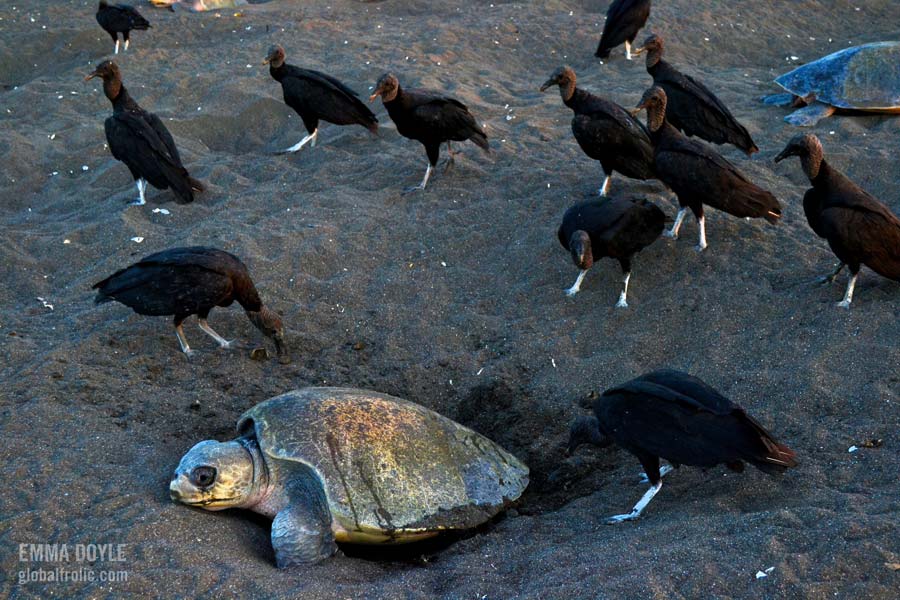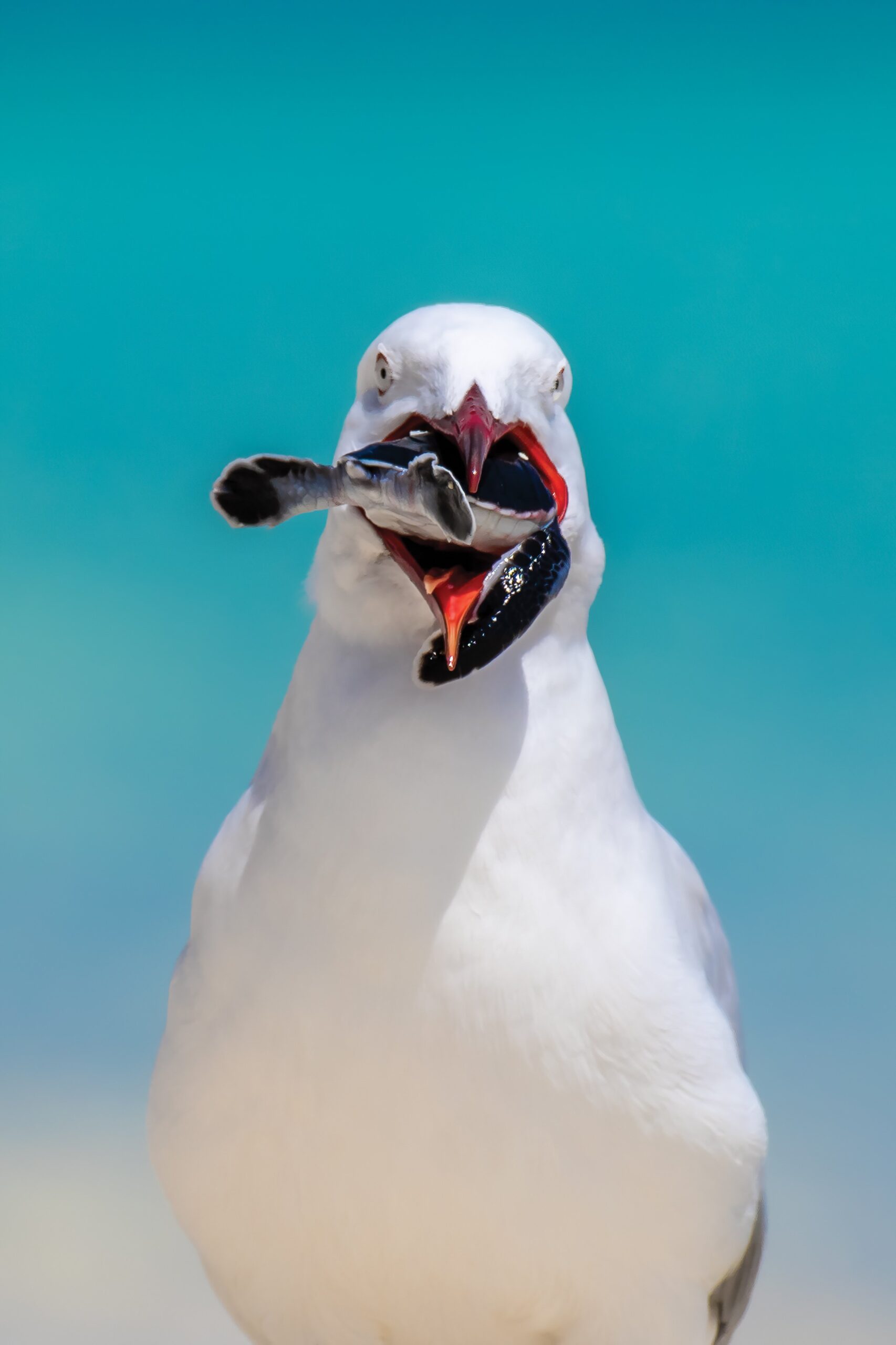Sea turtles are both predators and prey in the ocean’s food chain.

Credit: oliveridleyproject.org
Predator Behaviour Of Sea Turtles
| Predator Behaviour of Sea Turtles | Types of prey targeted by sea turtles |
|---|---|
| Sea turtles are known to be both predators and prey in various marine ecosystems. While they are generally considered as prey due to their vulnerability during nesting and hatching, adult sea turtles display predatory behavior when it comes to feeding. | Sea turtles have a wide range of prey in their diet, depending on their species and location. Some sea turtle species primarily feed on seagrass, while others consume jellyfish, sponges, mollusks, and crustaceans. Hawksbill turtles have a specialized diet consisting of coral reefs, and leatherback turtles primarily feed on jellyfish. |
Sea turtles employ various hunting techniques to catch their prey. They may use ambush strategies by staying still and waiting for their prey to come closer. Some turtles actively search for food by swimming or diving. Once they locate their prey, they use their sharp beaks to tear and consume their food.
The feeding habits of sea turtles can have significant impacts on prey populations. For example, sea turtles that feed on jellyfish help in controlling the jellyfish population, preventing them from becoming overly abundant, which can disrupt the balance of marine ecosystems. Additionally, the grazing behavior of sea turtles that feed on seagrass helps maintain healthy seagrass beds by removing excess vegetation.

Credit: www.seaturtle-world.com
Prey Status Of Sea Turtles
Natural predators of sea turtles: Sea turtles, despite their impressive size, have a number of natural predators. Predatory birds such as seagulls and frigatebirds often target hatchlings as they make their way from the nest to the ocean. Sharks, especially tiger sharks, are known to feed on sea turtles, preying on both young and adult individuals. Other marine predators such as crocodiles and killer whales also pose a threat to these majestic creatures.
Threats faced by sea turtles as prey: In addition to natural predators, sea turtles face numerous anthropogenic threats as prey. Overfishing and habitat destruction reduce their food sources and nesting sites, making them more vulnerable to predation. Pollution, such as plastic debris in the ocean, can also be ingested by sea turtles, causing internal injuries and making them an easy target for predators.
Conservation efforts to protect sea turtles: Due to their status as prey, sea turtles are protected under various conservation measures. These include the establishment of protected areas and regulations on fishing practices to minimize accidental capture. Educational programs and community involvement also play a crucial role in raising awareness about the importance of sea turtle conservation.

Credit: bioweb.uwlax.edu
Conclusion
Sea turtles occupy a unique position in the marine ecosystem, serving as both predators and prey. Their role as predators helps to maintain balance in the food chain by controlling populations of jellyfish and other invertebrates. However, sea turtles also fall victim to various predators, including sharks and humans.
Understanding and protecting these magnificent creatures is crucial for maintaining the delicate biodiversity of our oceans. By raising awareness and implementing conservation efforts, we can ensure the continued survival of sea turtles for generations to come.






Leave a Reply